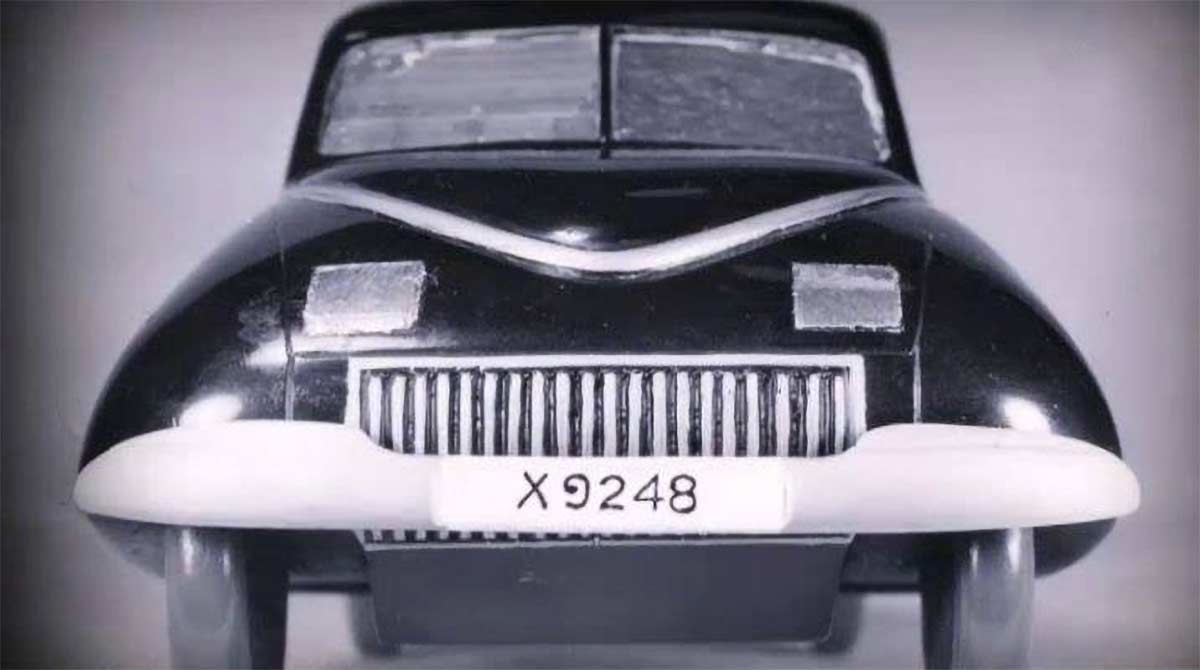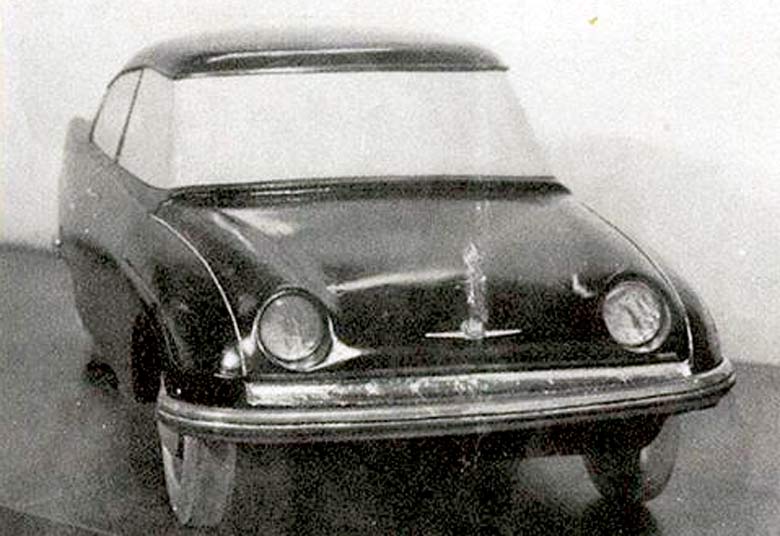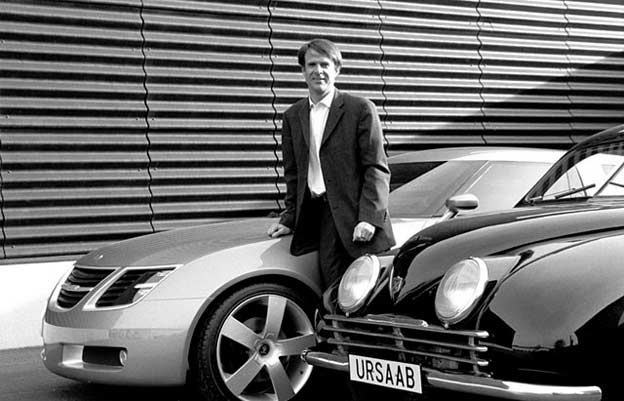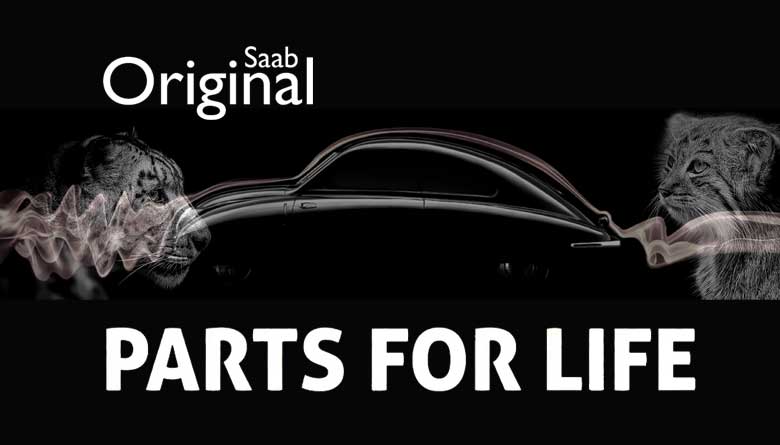On this day in 1947, Saab AB, a Swedish airplane manufacturer, made a significant leap into the world of automobiles. They introduced the press to their first prototype car, which would later become known as the Ursaab, meaning “Original Saab.” This pivotal moment in automotive history marked the beginning of Saab’s venture into producing iconic vehicles that would leave a lasting impact on the industry.
Before diving into the birth of the Saab 92, it is essential to understand Saab AB’s background. Founded in 1937 as “Svenska Aeroplan Aktiebolaget” (Swedish for “Swedish aeroplane corporation”), the company initially focused on building aircraft for the Swedish Air Force to protect the country’s neutrality leading up to World War II. However, as the war drew to a close and the demand for fighter planes diminished, Saab began seeking new avenues to diversify its business.

Project 92
In 1945, Saab AB embarked on an ambitious automobile design project codenamed X9248. This endeavor evolved into “Project 92,” following the Saab 91, a single-engine trainer aircraft, in the company’s production sequence. The project aimed to develop a vehicle capable of competing with the small German cars, such as those produced by Opel and Adler.

To bring their automotive vision to life, Saab assembled a team of 16 engineers. Interestingly, none of them had prior experience in automobile design, and only two held driver’s licenses. Undeterred by their lack of automotive expertise, the team sought inspiration from studying vehicles in a junkyard and delved into understanding the manufacturing process. Their dedication and commitment to learning led them on a journey that spanned several years.
Saab 92
The initial prototype, one of four built prior to the production Saab 92, emerged as a front-wheel-drive vehicle. It featured a DKW 18 hp, two-cylinder, two-stroke engine coupled with a DKW gearbox. Although the team borrowed these components, they soon developed their own engine and transmission, further solidifying Saab’s commitment to creating a unique automobile.
The team subjected their creation, which would eventually be known as the Ursaab, to extensive testing. Clocking an impressive 330,000 miles during test drives, they demonstrated the vehicle’s durability and reliability, confirming its readiness for production.

In December 1949, Saab unveiled the Saab 92, marking the company’s official entry into the automotive marketplace. The first run of the 92 saw the majority of vehicles painted green, a result of surplus war paint that needed to be utilized. With its distinct design and advanced engineering, the Saab 92 quickly gained recognition and popularity.
Production of the Saab 92 continued until 1956, setting the stage for a legacy that would span decades. Saab’s foray into automobiles not only showcased their engineering prowess but also their dedication to innovation and pushing boundaries. The success of the Saab 92 laid a solid foundation for subsequent models that would cement Saab’s reputation as a manufacturer of high-quality, unique vehicles.
Today, the Ursaab, the prototype that started it all, is proudly displayed at the Saab Car Museum in Trollhättan. It serves as a tangible reminder of Saab’s journey from aircraft production to becoming an influential player in the automotive industry.
Saab’s transformation from building warplanes to crafting iconic automobiles exemplifies the company’s adaptability and commitment to excellence. Through the efforts of a dedicated team of engineers who defied convention and overcame challenges, Saab introduced a vehicle that left an indelible mark on automotive history. The Saab 92, and its precursor, the Ursaab, will forever be celebrated as symbols of ingenuity, Swedish craftsmanship, and a relentless pursuit of innovation.
As we commemorate the anniversary of the unveiling of the first Saab prototype on June 10, 1947, let us remember the remarkable story behind the birth of a legendary automobile manufacturer. Saab’s journey serves as a testament to the power of vision, perseverance, and the desire to make a lasting impact in the world.











Sturgis, SD : SAAB Heritage Center. Really nice museum in a very unlikely location.
Number 1 is breathtakingly beautiful